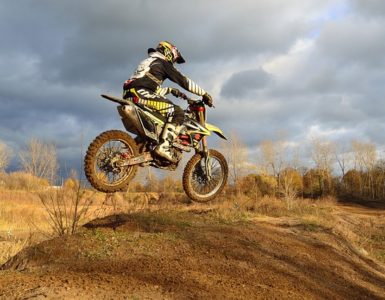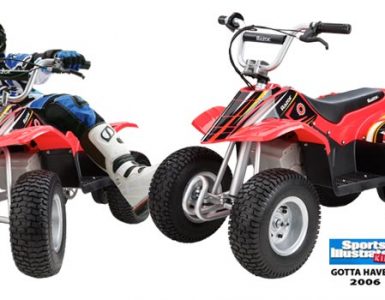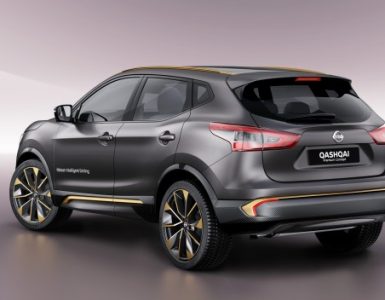Selecting the wrong tires can reduce the efficiency of your quad, increase fuel usage, make riding tedious and less fun and possibly damage your ATV. There are 5 major things to look out for to opt good and economical ATV tires.
- The Tread Type
This is dependent on you, of what use is your quad? This determines your treading pattern and largely affect your ATV’s tires choice. There are basically four different types of tread patterns for ATV’s;
- The All-terrain Tires: Trail tires also called All-terrain tires are tires that can tread on several terrains. The treading configuration of these tires range from approximately ½” to ¾” deep, and typically have overlapping tread patterns with smaller gaps between the tread lugs. Trail tires are balanced on motion both laterally and vertically. Because they are designed for all terrain types, they are the most stable ATV tires. So if you just want to ride on any treading surface and don’t want to be stranded, the all-terrain tire is your choice.
- Mud Tires- Mud tires are very perfect on muddy surfaces. Their tread pattern make them excellent and unique for that particular purpose. Mud tires typically have very tall tread patterns with large voids between them. Medium-aggressive mud terrain tires should be the most considered.
The disadvantages of mud tires are;
- The efficiency of the mud tire is reduced (the mud tire get easily damaged) if driven on other treads especially on hard-pack trails, or on concrete/asphalt.
- Riding on a mud tire ATV is not enjoyable because of the aggressive movement of the tires. Unlike other quad’s tires.
- Mud tires are balanced at the center. The movement of such tires is focused towards to one direction and so it has no lateral stability if tilted in motion.
- The Sand tires- As the name implies, this tire is designed to cruise on sandy surface. Sand tires have great lateral stability on sand but if ridden on other surfaces, their stability is not optimal. The front tires typically have only one tread pattern: a raised rib, running down the center of the tire, this feature gives the tire its traction power on sand. Though the trail tire is designed to tread on all surfaces, the sand tires are specially designed for the sandy surface and so they work far better on sandy hills and dunes without working out your ATV’s engine. It’s advisable if you ply more sand dunes, opt for sand tires because of their optimal specialization.
- Tire size
For the tire size, the three things to note are; the width, height and the sidewall height.
- Tire Height
- Smaller diameter tire: This is like riding on a small tire. The speed is reduced and so the engine RPM is increased. Riding on a smaller diameter tire can stress some components of your ATV like the transmission, engine, axles etc. though small diameter tire offers firm balance in motion but it’s less flexible to ride.
- Larger diameter tire – Too large diameter tire can also stress your ATV, it decreases the RPM while the speed is fast increased. Too large diameter tire can cause overheat of your ATV’s engine and can reduce its efficiency. Moderately large diameter tire on the other hand increases overall speed and decrease engine RPM to a tolerable degree. It provides an easy and flexible ride and lastly have a good effect on your ATV’s components.
- Tire width
- Considerably Wide tires provide good treading traction, both vertically and laterally. They provide balance. But in selecting ATV tires, be sure they are not too wide tires as these can increase the amount of rolling mass and diminish braking ability and stress the drivetrain. They can reduce the efficiently of your ATV.
- Narrow tires, if selected reduce the amount of tread pattern contacting the ground thereby making the ride less fun. There have been argument on which tire width is best for muddy surface but most often the wider mud-terrain tires are considered because of the lapses of narrow tires.
- Sidewall Height: Earlier, most ATV tires have quite tall sidewalls specifically for small diameter rims. Until now that most tire manufacturers are recently producing tires that can fit into bigger dimeter rims. The sidewall height likewise too have its bad and good and should be thought well before consideration.
- A short sidewall tire go with a tall rim, both result in good ground clearance if you are treading on a decreased pressure and also firm balance which can be an advantage or a disadvantage depending on the road type you are riding on.
- A tall sidewall tire on the other hand is go a short rim. This is excellent for technical off-roading because of its less rigidity and more flexibility control but it’s bad for high speed compared to short sidewall tires. Lastly, tall sidewall has higher chance to be punctures than a shorter side wall tire.
- Tire Shape (Flat or Round): Take a look at your ATV’s tires. I’m sure it’s something you never take note of but the shape of the tire is as important as any other factors. An ATV tire can either be flat-top or round-top. Mostly all utility ATVs are round-top tires while most sport ATVs come with round-top tires. So what’s the difference and what makes each unique?
- Flat-top tires as seen in sport quads are designed not for soft treading pattern. They are created to tread medium to hard- packed trails and patterns. With these tires, the rider can conduct power slides. Its special characteristic is its superior sidewall stability.
- The round-top tire as mostly seen in utility quads is designed for versatility. It can be treaded both on soft and hard trails. Unlike the flat-top tires, it’s can’t carry out power slides and so would literally roll under itself while in a cornering edge.
- Price: The price is another factor to consider while purchasing an ATV tire. The price of one tire can range from $30 for a budget tire, to more than $150 for a specialized tire. For a set of good quality ATV tires, on average you can expect to budget an amount between $150 to $200.
- Other factors you can consider are the ply rating and the Radial or bias ply





Add comment